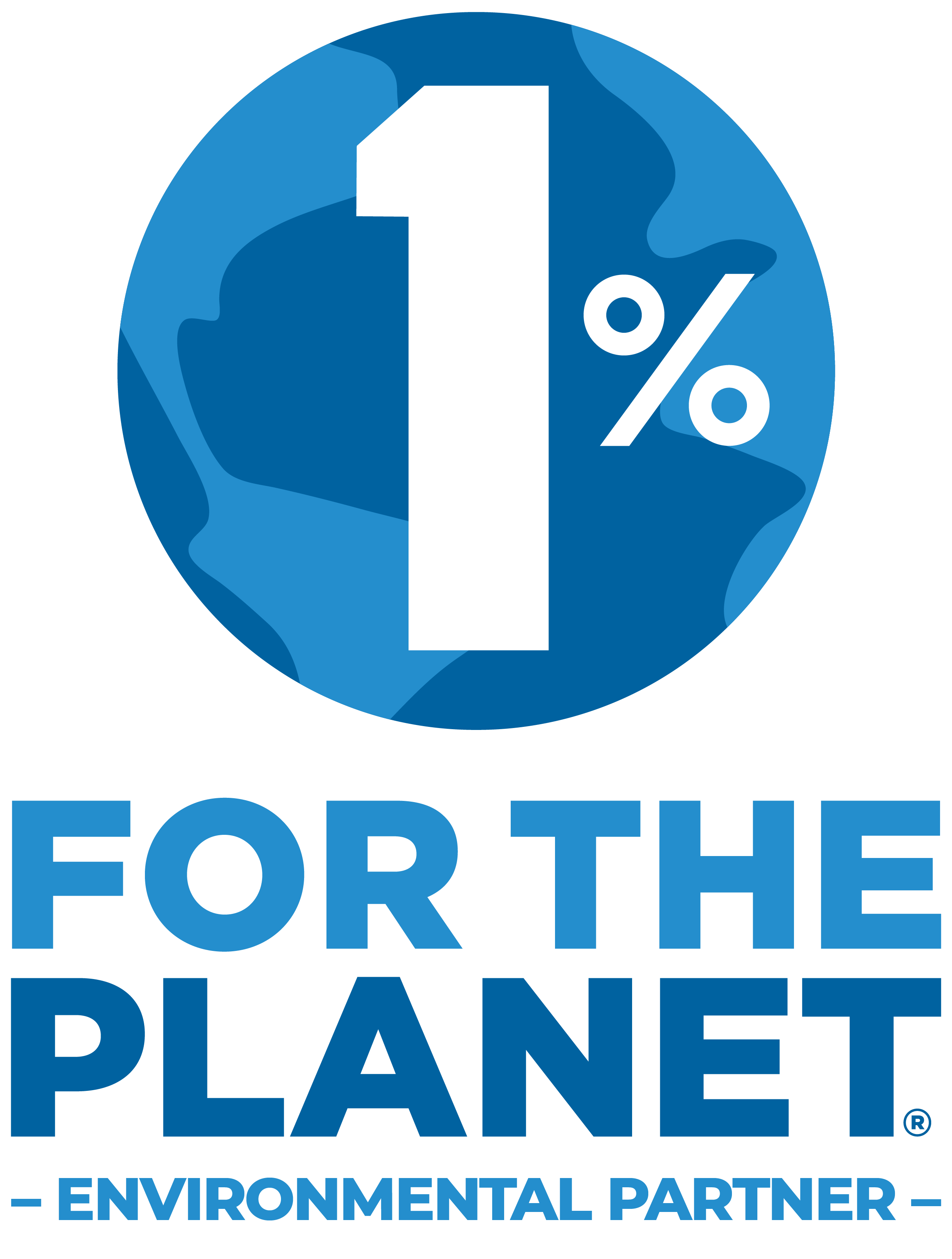Active banners: 1 Visible banners: 1
Banner ID: 25 Has content: true
Join us for the Teaching Economics through Climate – The Snowmobile Business Plan - January 13, 2026 4-5pm ET
Eutrophication and Dead Zones
Provided by: Khan Academy |Published on: April 27, 2021
Videos
9101112AP
Synopsis
- This lesson from Khan Academy describes the process of eutrophication, when excess nutrients collect in a body of water and cause algae blooms, low dissolved oxygen, and fish kills.
- Students learn about the "dead zones" created by eutrophication and the locations that are most impacted globally.
- An optional practice quiz about the types of aquatic and terrestrial pollution is available for students as well.

Subjects: Biology, Earth and Space Sciences
Authors: Khan Academy
Region: Global
Languages: English
Teaching Materials
Positives
- This video provides engaging visuals and animations to describe the process of eutrophication in an accessible format.
- The video helps students identify the environmental impacts of industrialization and agriculture on the environment.
Prerequisites
- This video is part of a larger unit on Khan Academy about aquatic and terrestrial pollution.
- While no sign-in is required to view the video or take the quiz, an account is required to save progress and import the related practice quiz to Google Classroom.
- The first lesson in the series, titled "Human Impacts on Aquatic Environments," might provide helpful background knowledge.
Differentiation & Implementation
- While this video is designed to be part of an AP Environmental Science course, it can easily be incorporated into a science lesson on ecosystems, human impacts on the environment, or aquatic biology.
- Consider brainstorming potential solutions for eutrophication with your students and research the regulations some cities have to reduce this problem, such as buffer zones along streams (i.e., riparian zones) and at the edges of agricultural land, and construction zones that use barriers to prevent loose sediment from flowing into streams.
- Other resources that can help support this video include this video about fertilizing lawns, this game that challenges students to improve the health of a lake, and this lesson about dead zones.
Scientist Notes
Teaching Tips
Standards
Resource Type and Format
All resources can be used for your educational purposes with proper attribution to the content provider.



